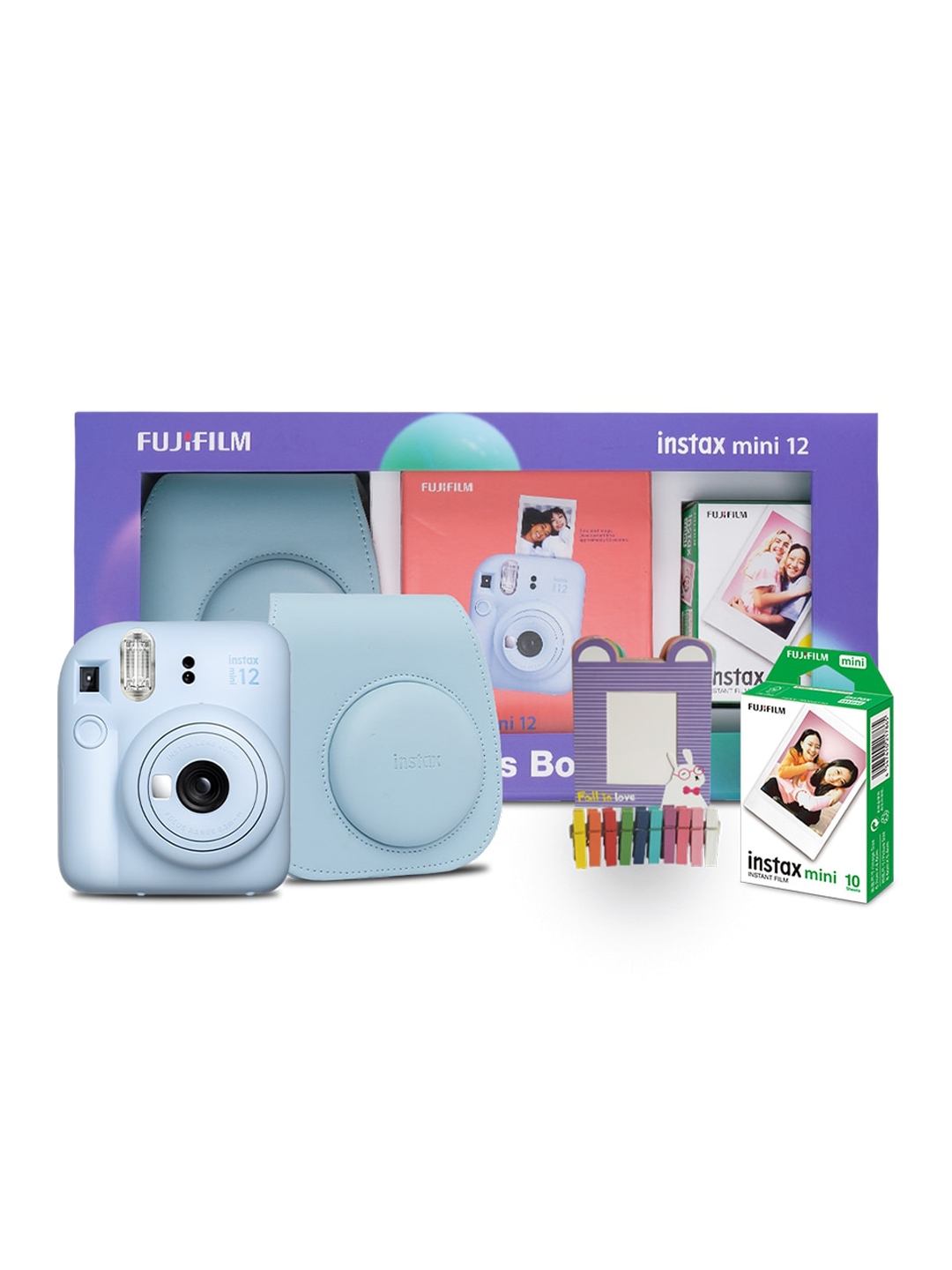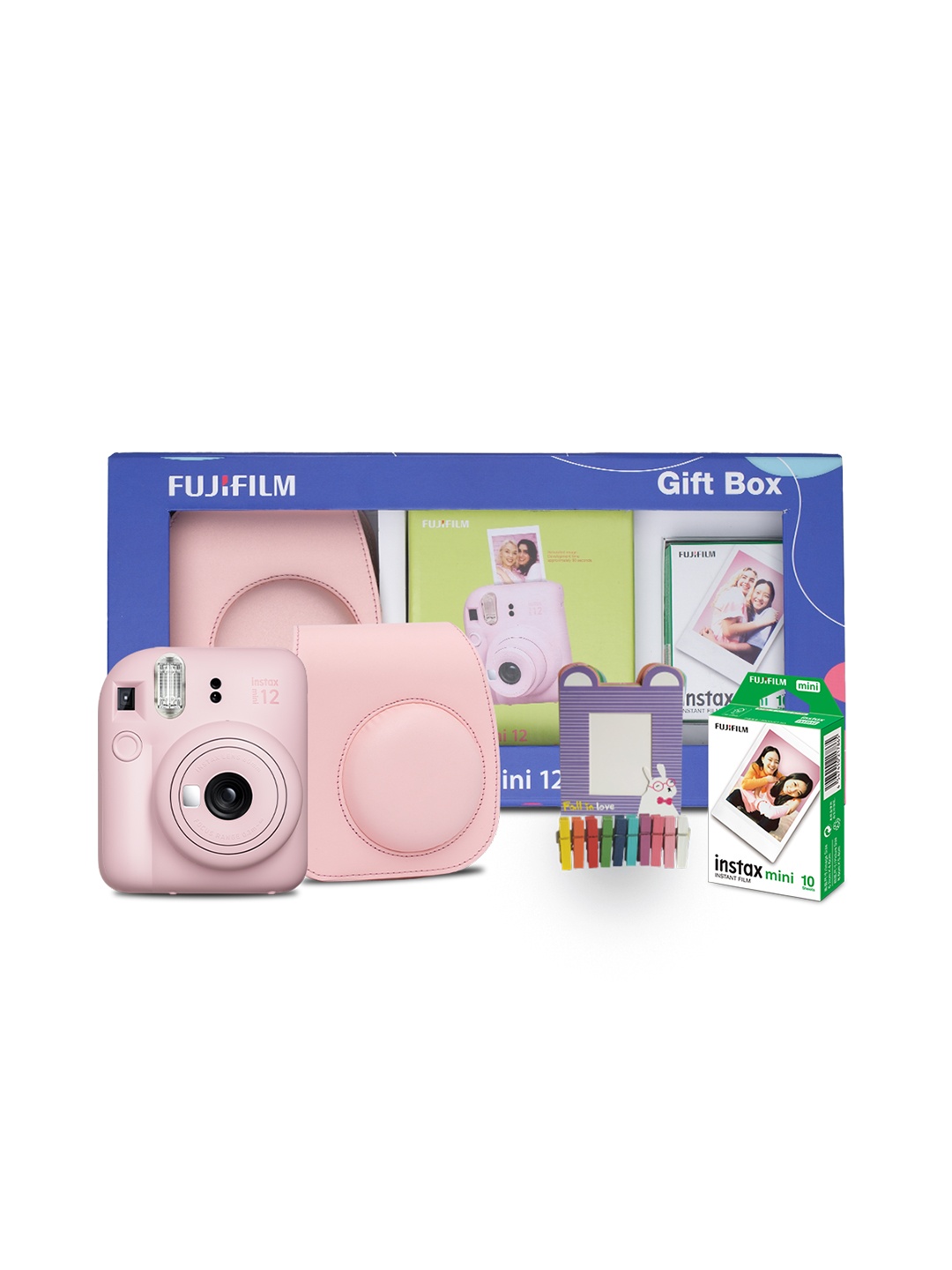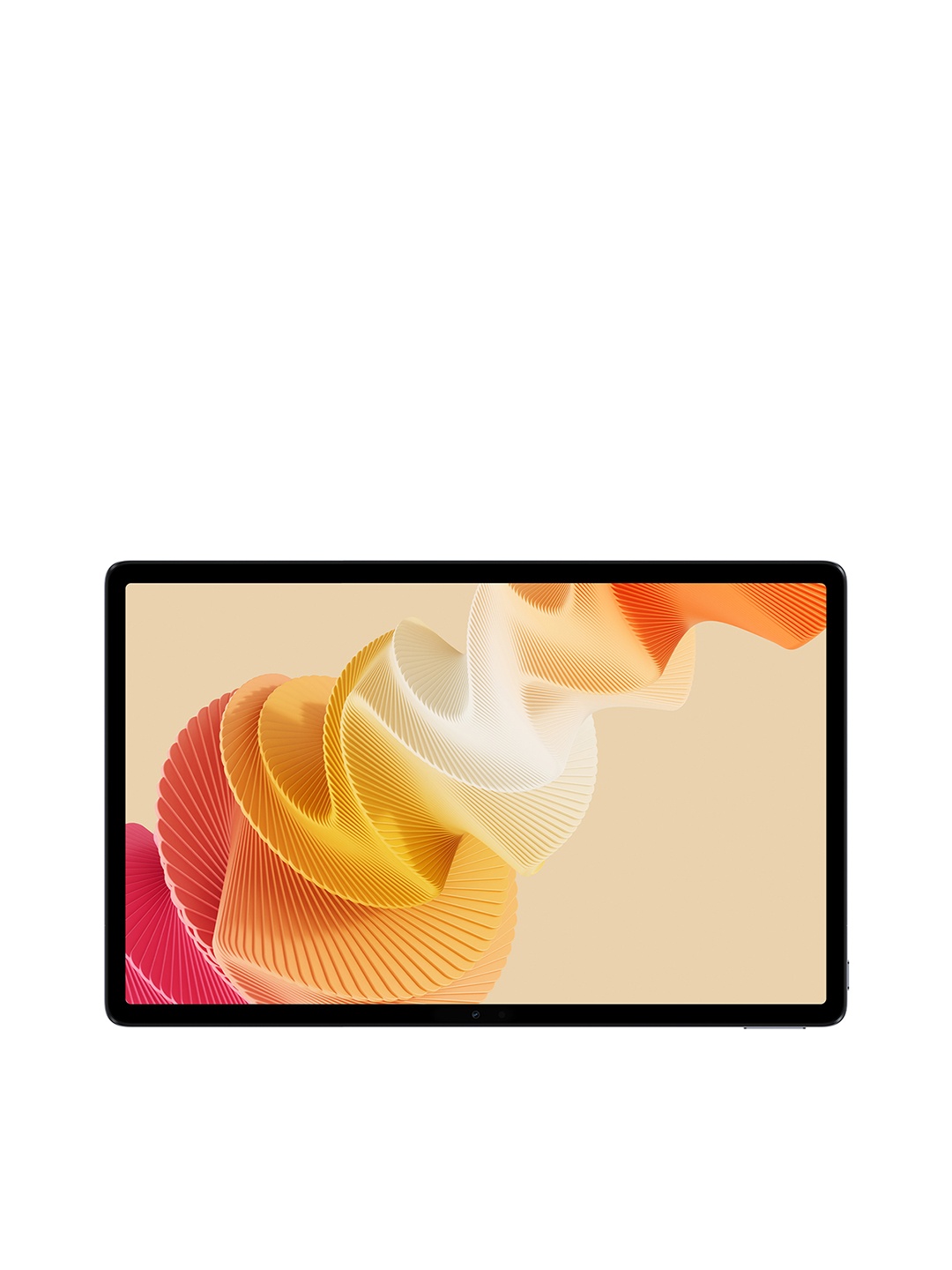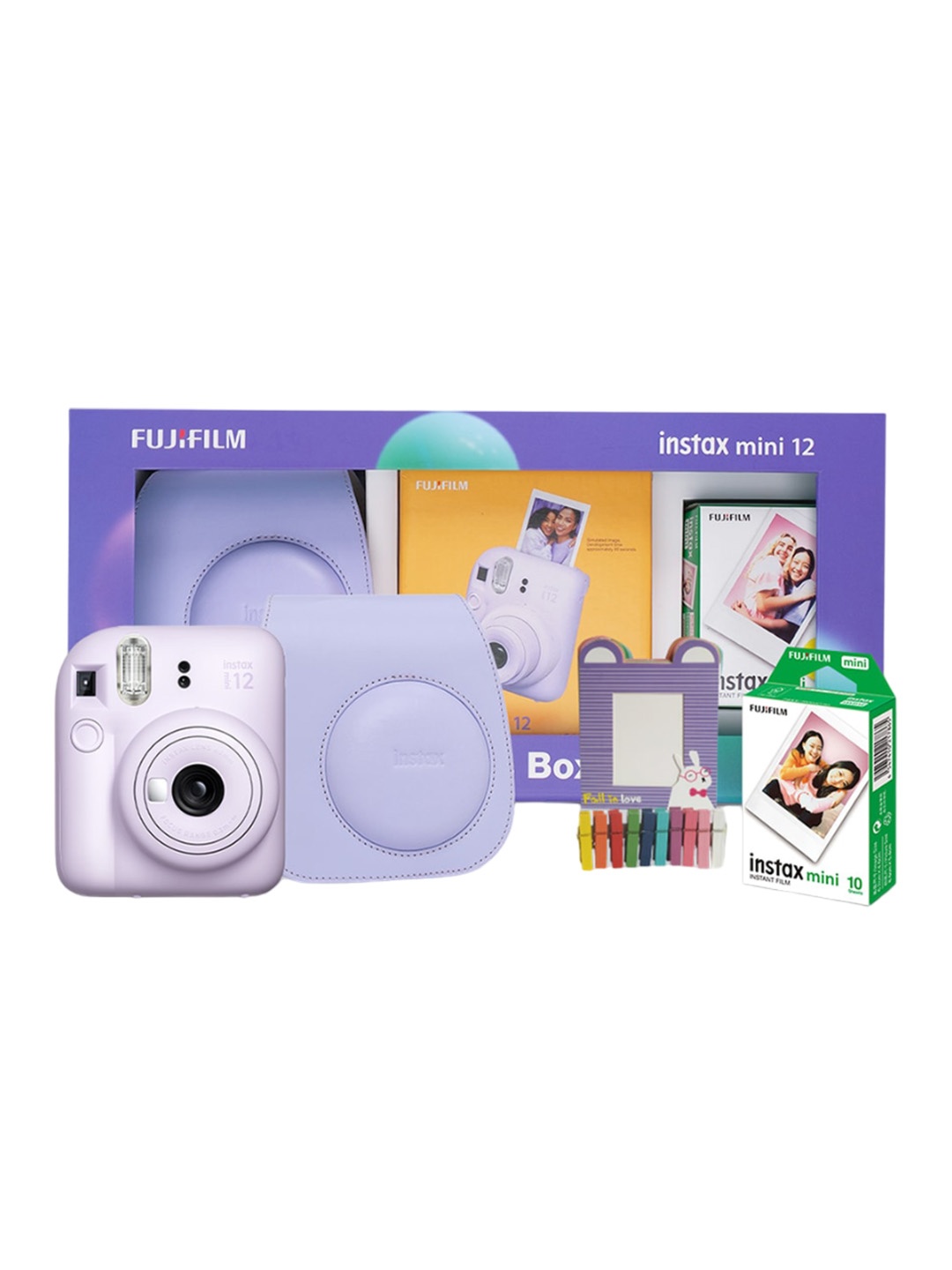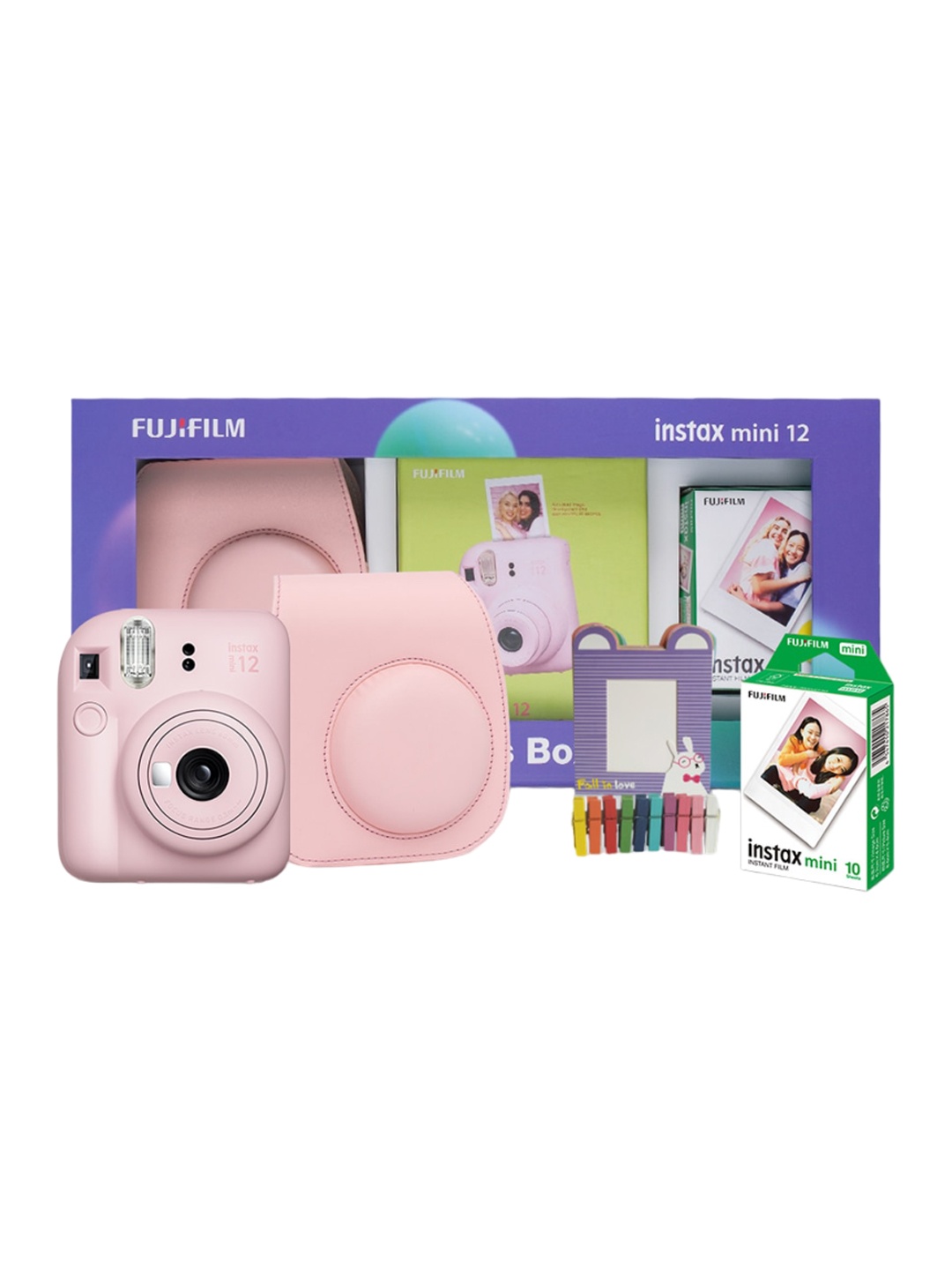How To Use Photo Studio Lighting For Perfect Photos: A Beginner's Guide

Photography, much like art, is about balance. The right amount of light can transform an image, while the wrong lighting can leave you frustrated and unsure of where you went wrong. When it comes to studio photography, lighting is your most important tool. But don't worry- mastering photo studio lighting doesn't require you to be a pro, or have years of experience. It's about understanding the basics, experimenting with what works for you, and using the power of light to enhance your subjects. Whether you're shooting portraits, still life, or product photos, the correct lighting will make all the difference. So, let's dive into the world of studio lighting and learn how to use it for flawless photos.
1. Understanding the Basics of Photo Studio Lighting
Before diving into the nitty-gritty of studio setups, it's essential to understand the basics of light. Light behaves in ways that can either create soft, gentle shadows or harsh, dramatic effects. In the world of photography, these effects are everything. Start by getting familiar with key lighting concepts such as intensity, direction, and quality of light.
You'll hear terms like ‘hard light' and ‘soft light' thrown around often. Hard light creates sharp shadows, giving a photo a more defined, high-contrast look. On the other hand, soft light is diffused and produces gentle shadows, often preferred for portraiture. Understanding these types of light helps you decide what mood you want to evoke in your photographs. Lighting isn't just about exposing the subject- it's about how you control the light to convey your vision.
The other concept to grasp is the light's direction. Front lighting, for example, illuminates the subject directly, reducing shadows. Side lighting can create depth and drama, while backlighting can produce silhouettes. Each direction brings its own aesthetic, so experiment with different angles to see how the light changes the entire mood of your shot.
2. The Key Light: The Heart of Studio Lighting
Every professional photographer knows that the key light is the most important element in your lighting setup. Think of it as the sun in your scene: it's the primary light source, and everything else revolves around it. The key light typically sits at a 45-degree angle to your subject to create flattering shadows and bring out the best features.
In a simple one-light setup, the key light does all the heavy lifting. However, it's important to note that the intensity of the key light will affect the overall look of your photograph. Too strong, and your subject will look harsh and unflattering. Too weak, and your photo might appear flat or dull. A dimmer setting is often best, allowing for more control over shadows and highlights.
When you're setting up your key light, consider your subject's shape and the mood you're trying to create. Portraits, for example, benefit from softer, more diffused key light, whereas product shots might require a sharper, more focused beam. Once you find the right intensity and angle, the key light can make all the difference in capturing that perfect shot.
3. The Fill Light: Balancing Shadows
Once your key light is in place, it's time to introduce the fill light. As the name suggests, the fill light "fills in" the shadows created by the key light, providing a balanced exposure. Without it, your subject might look too harsh, with dark shadows that make the photo appear unbalanced.
The fill light doesn't need to be as bright or intense as the key light. It should be softer, designed to gently lift the shadows without overpowering the key light. You can place it on the opposite side of the key light to soften the shadow on the other side of your subject's face.
In some cases, the fill light is placed closer to the subject to give an even more uniform look, especially in portrait photography. The goal isn't to eliminate all shadows but to create contrast that feels natural and flattering. If you're shooting a product, a more intense fill light can ensure every detail is crisp and visible, while in portraits, a soft fill light can add a subtle glow to the skin.
4. The Backlight: Creating Depth and Drama
One lighting technique that often gets overlooked by beginners is backlighting. As the name suggests, backlighting involves positioning a light source behind your subject, aimed toward the camera. This technique is fantastic for creating depth and visual interest in your photos. Backlighting helps highlight edges and contours, adding a sense of dimension.
For portraits, backlighting can produce a stunning halo effect around the subject, especially when paired with some light diffusing through the subject's hair. It's a technique that works wonders in creating a dreamy, ethereal atmosphere, or even a dramatic silhouette when you want the subject to remain in shadow.
However, be careful with your exposure settings. Backlighting can cause overexposure in your image if you're not mindful, as the camera will compensate for the bright light behind the subject. To avoid this, adjust your settings to expose correctly for the subject, not the background.
5. The Importance of Modifiers: Softening and Shaping Light
Now that you've got your basic lighting setup, it's time to shape your light using modifiers. Lighting modifiers such as softboxes, umbrellas, and reflectors are essential in controlling the light and shaping how it interacts with your subject. These tools help soften harsh light, diffuse it across your subject, and reduce unflattering shadows.
A softbox is one of the most popular modifiers for studio photography. It provides soft, even light, perfect for portraits or product photography. Umbrellas, on the other hand, are great for a broader spread of light, and reflectors can bounce light back onto your subject, enhancing the overall exposure.
It's also important to consider the size of the modifier. Larger modifiers create softer light and softer shadows, which is ideal for portraits and skin tones. Smaller modifiers, like a beauty dish or a hard reflector, create more defined shadows and a sharper look- great for more dramatic, edgy styles.
6. The Role of Background Lighting
While the focus is usually on the subject, the background plays a crucial role in setting the tone of your image. A poorly lit background can distract from your subject, or worse, muddy the colours and textures in your shot. That's where background lighting comes in.
You can use background lights to illuminate the backdrop, adding texture or colour that complements your subject. For example, placing a light behind the subject that casts a warm glow onto a backdrop can create a stunning effect for portraits. In product photography, using background lighting helps separate your product from the background, creating a sense of depth.
It's all about finding a balance. Background lighting shouldn't overpower the subject but should subtly enhance the composition and add layers to the image. Keep it soft and neutral for simple shots or experiment with colour gels for more creative flair.
7. Experimenting with Angles and Light Placement
One of the most important aspects of mastering studio lighting is learning how to experiment. While the classic three-point lighting setup is a good starting point, it's often the small adjustments in angle and light placement that can elevate your shots to the next level.
Start by moving your lights around. The difference between a photo that looks good and one that looks great can often be as simple as tweaking the angle of the key light or moving the fill light a few inches closer. Try placing the key light lower or higher, closer or farther away. Watch how the shadows and highlights shift with each change.
It's not just about creating a flat, even light. Lighting from above or below can add interesting dimensions to your photo. For instance, lighting from below creates eerie, dramatic shadows that can evoke a sinister atmosphere. Meanwhile, a high-angle light can create a clean, professional look.
8. Mastering Light Ratios for Creative Control
The ratio between your key light and fill light is a powerful way to create different moods and aesthetics. The light ratio essentially refers to the difference in intensity between the two lights. A high light ratio—where the key light is significantly brighter than the fill light- creates a high contrast, producing dramatic shadows. This works well for edgy or moody shots.
On the other hand, a low light ratio, where the fill light is closer in intensity to the key light, creates softer shadows and a more natural look. This is ideal for flattering portraits or product photography where you want every detail to be crisp yet gentle.
Mastering light ratios gives you creative control over the mood of your photo. Experiment with different settings and observe how subtle changes affect your shots. Over time, you'll develop a keen sense of how much contrast you need to bring your vision to life.
Products Related To This Article
1. BROLAVIYA Overhead Video Mobile Stand
2. Kreo Ring Light 12" for Video Shooting Professional Studio Light with Tripod
3. Kreo Slab Key Light Video Light Adjustable Photography Fill Light Five Color Temperatures
4. ULANZI VL49 RGB Video, LED Camera Light 360° Full Color Portable Photography Lighting
5. DIGITEK (DSL-25W RGB) Stick Light Portable Handheld RGB LED Light Wand with Barn Door
6. HIFFIN E27 Studio Double Holder KIT Umbrella White
7. Adofys LED Portable Selfie Light Video Conference Lighting with Clip & Camera Tripod Adapter Rechargeable 2000mAh
8. HIFFIN COB-250P Professional 250W LED Video Light
9. Godox SB-UBW80
10. Neewer 2 Packs Dimmable 5600K USB LED Video Light with Adjustable Tripod Stand
Mastering studio lighting is like learning to play an instrument—it takes practice, patience, and a bit of experimentation. But once you understand the fundamental techniques, your ability to create stunning, professional photos will soar. From using your key light creatively to experimenting with modifiers, the world of studio lighting is full of possibilities.
Remember, the beauty of photography lies in your unique perspective and how you use light to tell a story. So don't be afraid to step out of your comfort zone, try new things, and, most importantly, have fun with it! The right lighting can transform an ordinary photo into something extraordinary- so go ahead and light up your next shoot.
Disclaimer: The images used in this article are for illustration purpose only. They may not be an exact representation of the products, categories and brands listed in this article.












